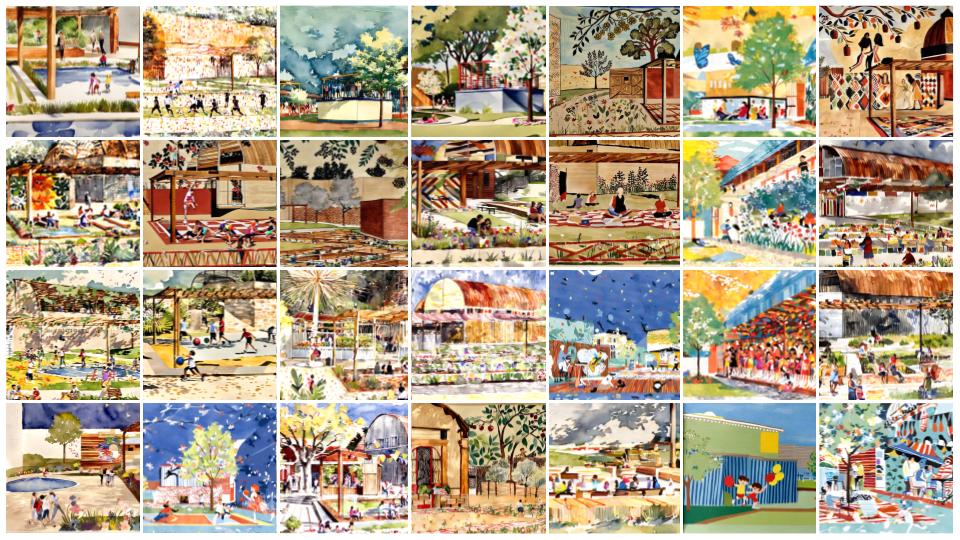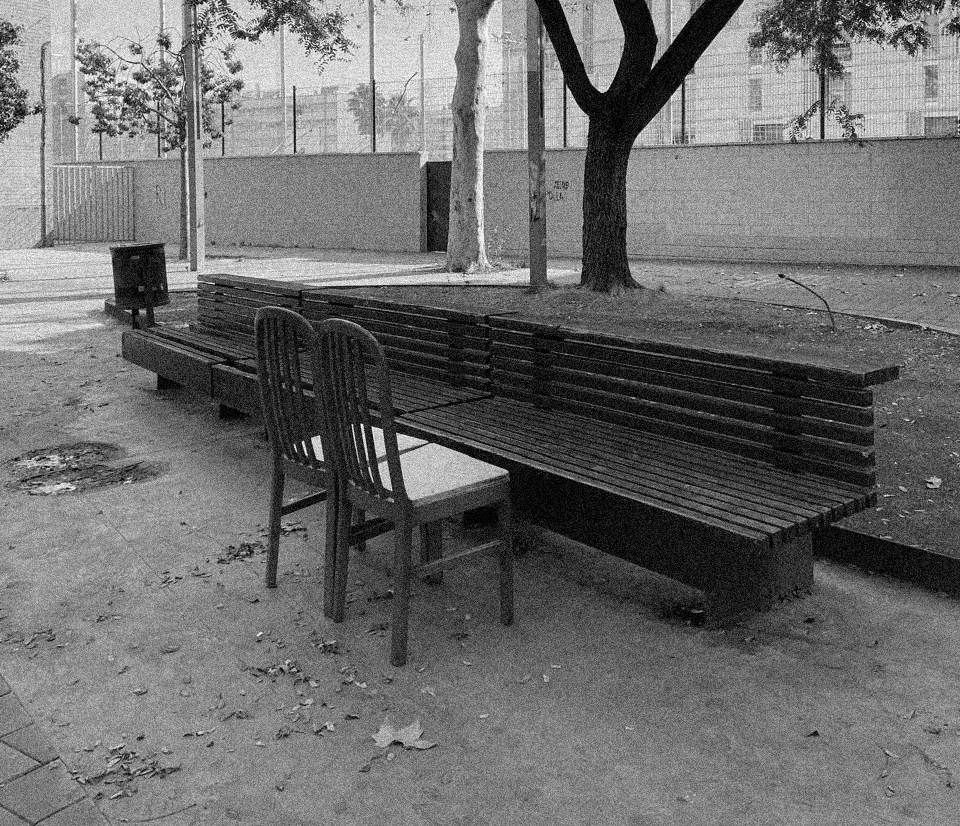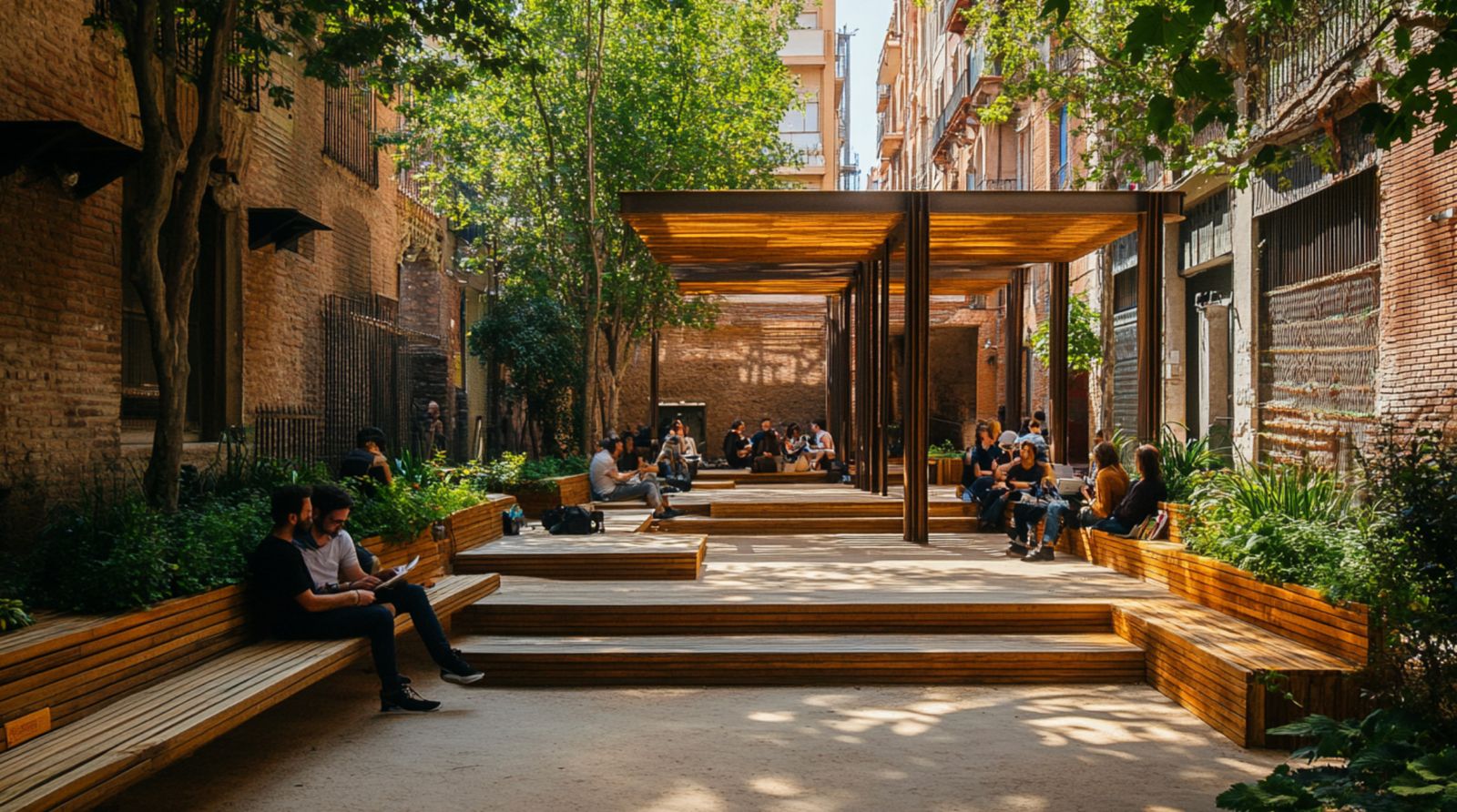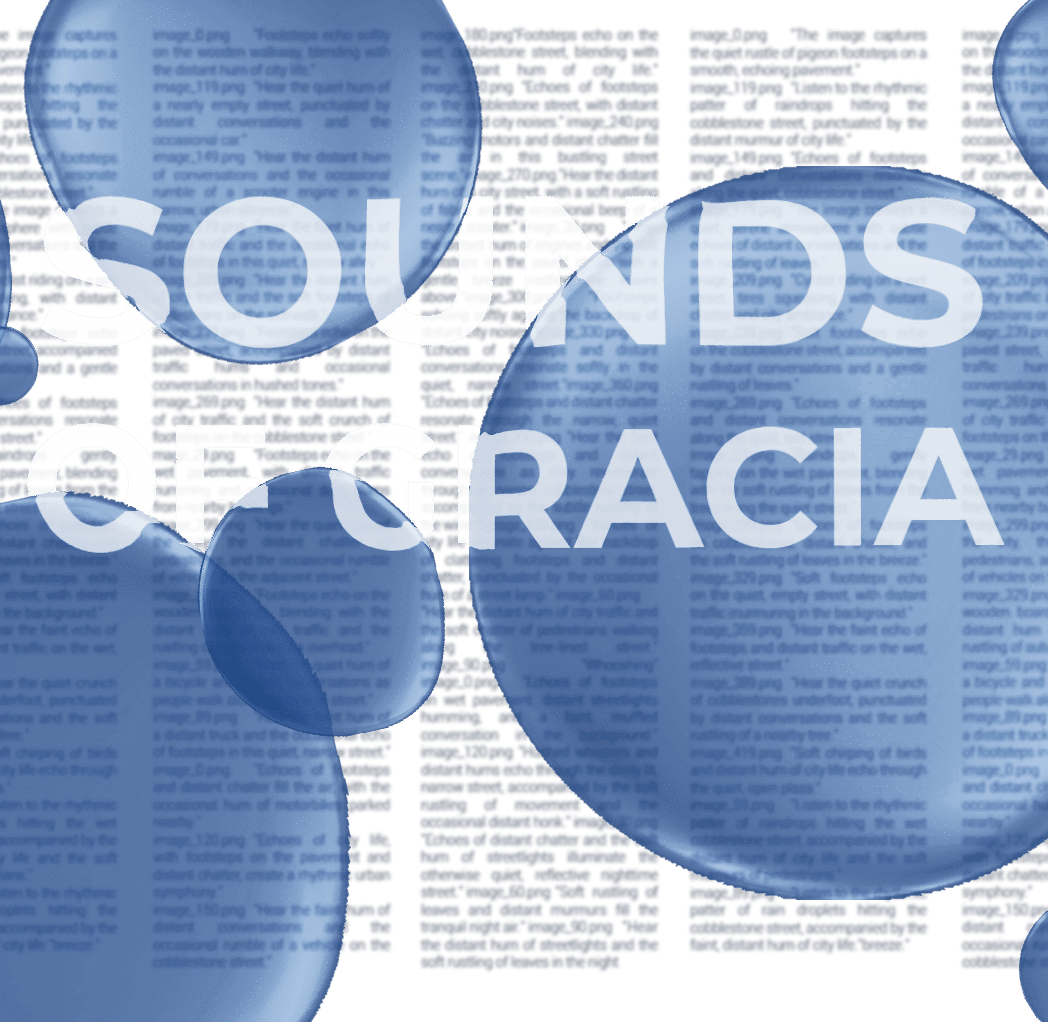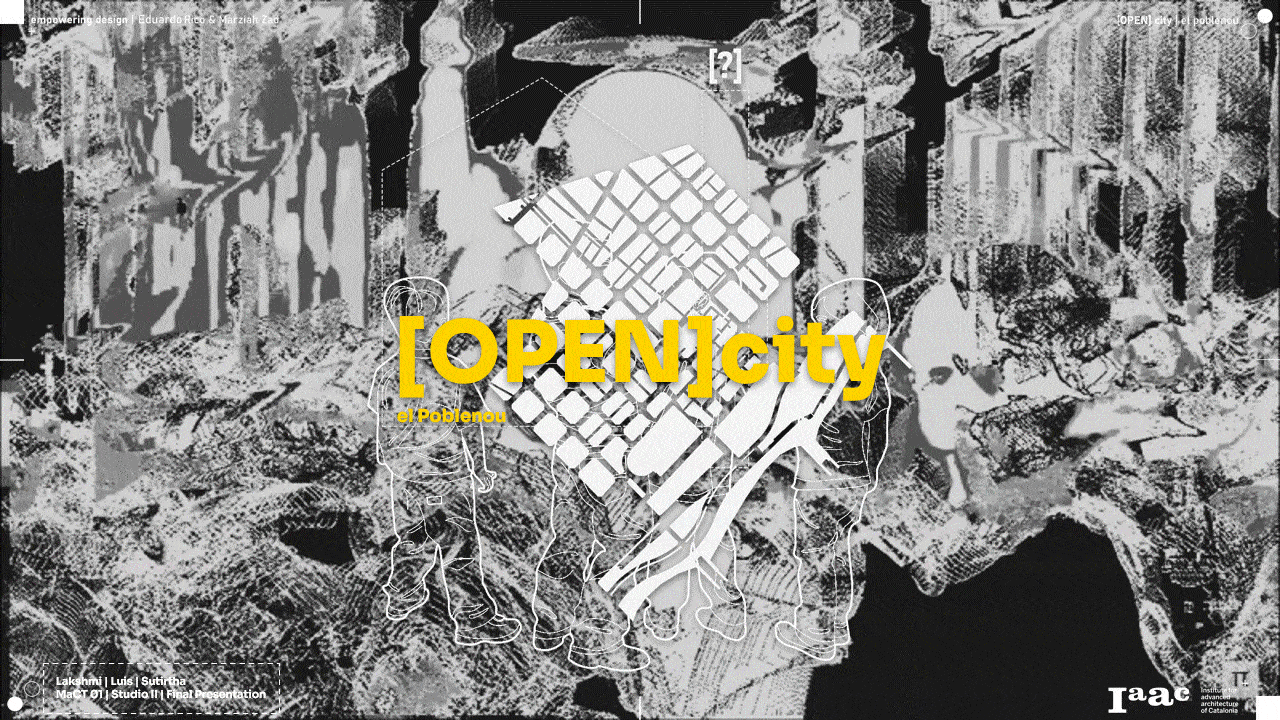
Participatory drawings of urban form. UCL-East project
Description
“Empowerment is a process of repeatedly placing the decision-making power in the hands of participating parties and intervening only to ask questions of clarification, to offer alternative interpretations of situations, and to articulate the general state of progress.” Design empowerment can be defined as the capacity that some tools must allow citizens to shape their environment, or the policies being consulted and define a framework to develop tools that enable it 6 I’s of Design empowerment: Information, Inspiration, Ideation, Inclusion, Integration and Independence. The studio will research the tools and processes to facilitate design empowerment, from the identification of critical problems in the city to the development of design pipelines to allow general members of the public to improve the spaces they live in. The course will begin with the study of the local context, using AI tools to mine data, discover patterns or process survey inputs from citizens. It will then move to develop design methods that intrinsically allow for flexibility and collaborative input. Anticipated outcomes include demonstrating potential design scenarios based on those developed methods. The students will learn to use tools for text mining, analysis, image processing and generation as well as advanced representation and translation of processes to design scenarios. The students will also be asked to develop a participatory game that will force them to put themselves in the shoes of the community they want to study, helping them to gather behavioral data and generate awareness.
Learning Objectives
The course aims to provide students with the tools to obtain and interpret qualitative data and complex inputs and use this work to generate design options. Students will be introduced to ideas of co-design and collaborative planning, which will be complemented by skills in data analysis and generative AI for design. By the end of the course, the students will learn:
- Use basic methods of web data collection
- Use of Image processing tools for data analysis
- Use of Generative AI for 3D and image development, Explore translational techniques of quantitative data to design language structure applications
- Develop a plan for interactive engagement of general members of the public.
- Develop a design pipeline which can accommodate various outcomes.
- Explore and understand techniques to connect digital design tools (i.e. Rhino) commonly employed by architects to image processing and image generation software
- Parameters and considerations for the design or programming of public spaces to foster empowerment and improve urban environments.




